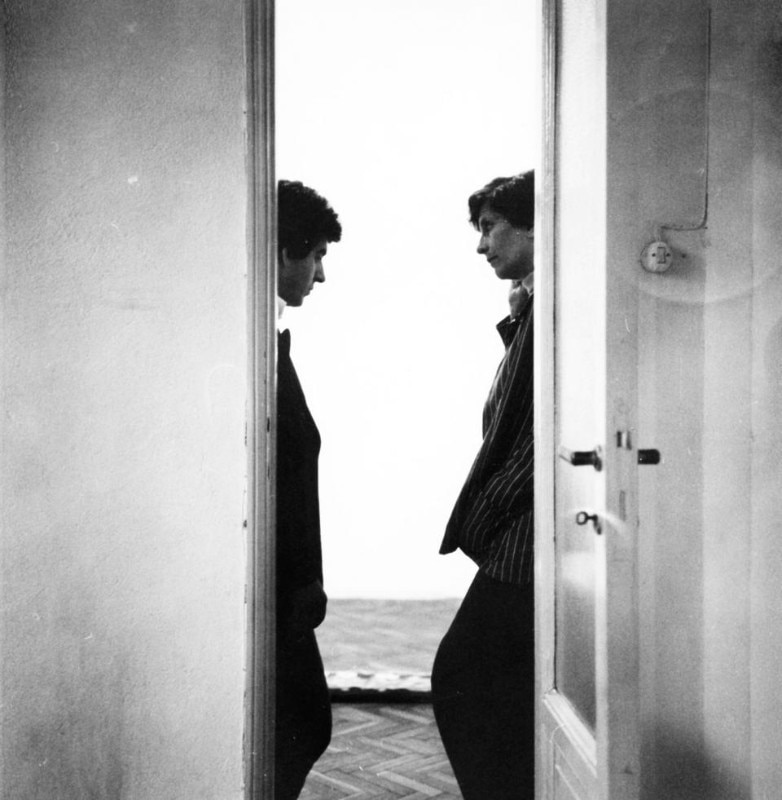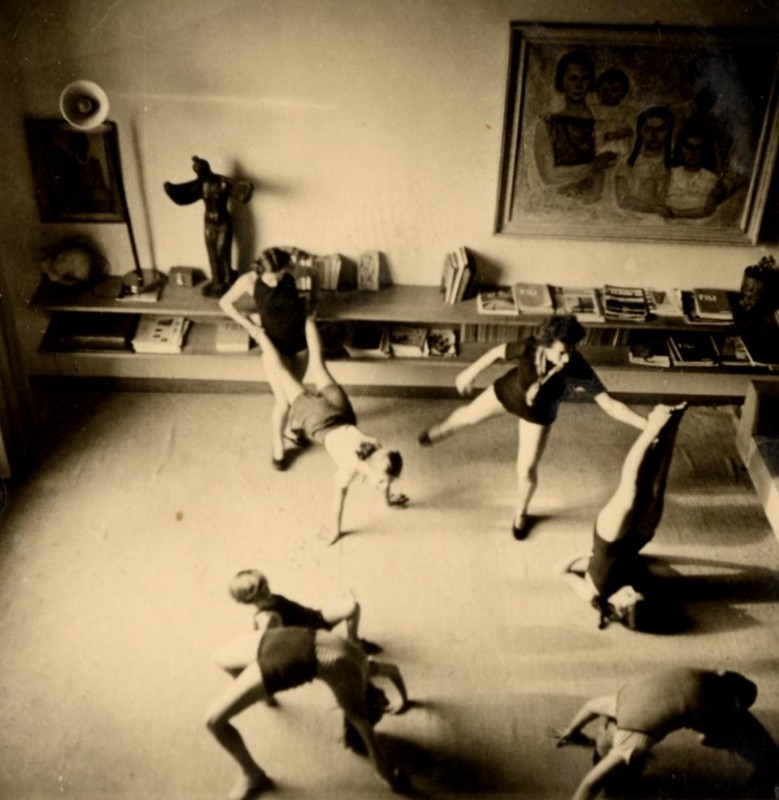Cristina Fiordimela, Matteo Pirola: "You don't have to do much" is a saying of yours. Is it a declaration of method?
Lisa Ponti: In a sense, yes. My fortune is in my encounters, a huge number of encounters that turn into fairytales, poems, travel stories, articles and now drawings.
Your wrote in the catalogue of your last solo exhibition for Franco Toselli last year that infancy is the only age that tends towards infinity.
I am still surprised every day by my 90 years. It is a semi-landmark, a change of the pace with which I look back over a history that is not mine alone.
Errors, gifts… what prevails?
My first steps in the 20th century were taken in a happy and carefree childhood with my sister Giovanna. Sisters become twins over time.
You have lived in two houses designed by Gio Ponti, via Randaccio and via Brin.
The house in via Randaccio, where I was almost born, was important in the 1960s, when it became a rendezvous for many artists, from Boetti to Agnetti, Nigro, Merz, Gianni Colombo, Nanda Vigo... As illustrated by Elena Pontiggia in the "Il mondo di Lisa Ponti" [The world of Lisa Ponti] exhibition.
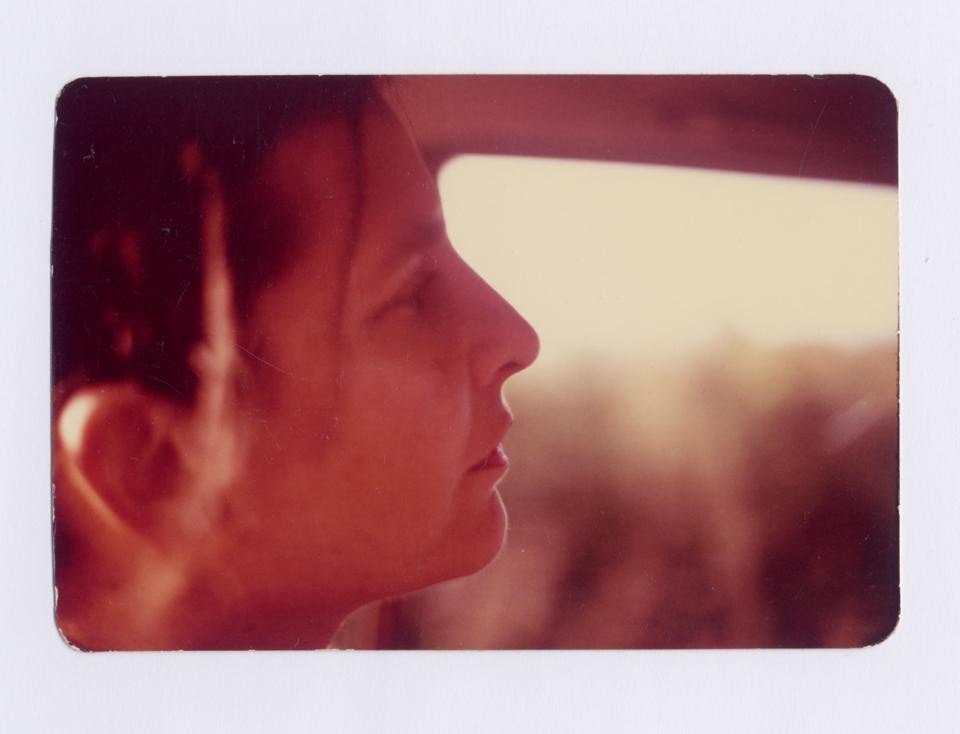
De Chirico, Sironi, Campigli, Persico, Sinisgalli and Cantatore were among the regular guests in the Laporte house, designed by Gio Ponti in 1931. There was no "dining room" in via Brin but a large round coffee table on which we would put books, books and more books after dinner, and a big plate of Mont Blanc when De Chirico came.
In 1941 you wrote a collection of poems, published by your father in a small book entitled Gio Ponti agli amici [Gio Ponti to his friends].
They are short poems composed in solitude that Gio Ponti seized on and published for friends, along with drawings by Martini, Morandi, De Pisis, Longanesi….
L'armadio magico, una raccolta di favole illustrated by Ettore Calvelli was published by Edit — Edizioni Italiane after the war, in 1946.
At that time, I used to make up fairytales to entertain my little brother and sister, Tita and Giulio. We didn't see the war so much as a threat to our lives but more as hardship, cold and food shortages as we had moved to that former roccolo in Civate. The fairytales might be inspired by anything, the roof, the sky, animals, and last all day and into the next day. Then, I decided to write them down.
At that time you had embarked on the Stile publishing adventure...
At the end of the war, Stile was a humble little booklet printed in red, black and white. Published by Garzanti, it contained "thoughts" by Le Corbusier, Mollino, Sinisgalli, poems by Ghiglione… and projects for an inexpensive and intelligent reconstruction of Italy.
![Lisa Ponti, <em>Uovo</em> [Egg] Lisa Ponti, <em>Uovo</em> [Egg]](/content/dam/domusweb/en/interviews/2012/03/23/lisa-ponti-you-don-t-have-to-do-much/big_377508_3626_web_09-lisa-ponti-uovo1.jpg.foto.rmedium.jpg)
Thoreau-style! Our editorial team saw Domus as a form of "monthly disobedience" which Gianni Mazzocchi, who was a gentleman, published and liked.
Domus stood out from the rest not only for its open attitude to the world of arts and crafts but also for its pace, punctuated by coloured strip inserts and different types of paper. It was a serious magazine, as you often say using the words of Gio Ponti, an "art magazine that dreams of being turned into a work of art by its contributors."
The rotogravure-printed pages were rich and suited to the deep velvety blacks that enhance architectural lines. The coarse, pale-blue printing paper signalled a change of subject. The coloured strips, my idea perhaps, introduced a coloured film, just half a page so as not to interrupt the flow.
What was the "Domus method"?
I call it MM, "Magic Mechanism" because it was a worldwide effort that happened "by affinity". The magazine was created without middlemen by architects, designers and artists, who indicated and spontaneously recorded works by their colleagues in pictures. The amazing thing was that Charles Eames sent us the photographs of Saarinen's TWA terminal on the day it opened, to our great surprise!
The magazine was created without middlemen by architects, designers and artists, who indicated and spontaneously recorded works by their colleagues in pictures. The amazing thing was that Charles Eames sent us the photographs of Saarinen's TWA terminal on the day it opened, to our great surprise!
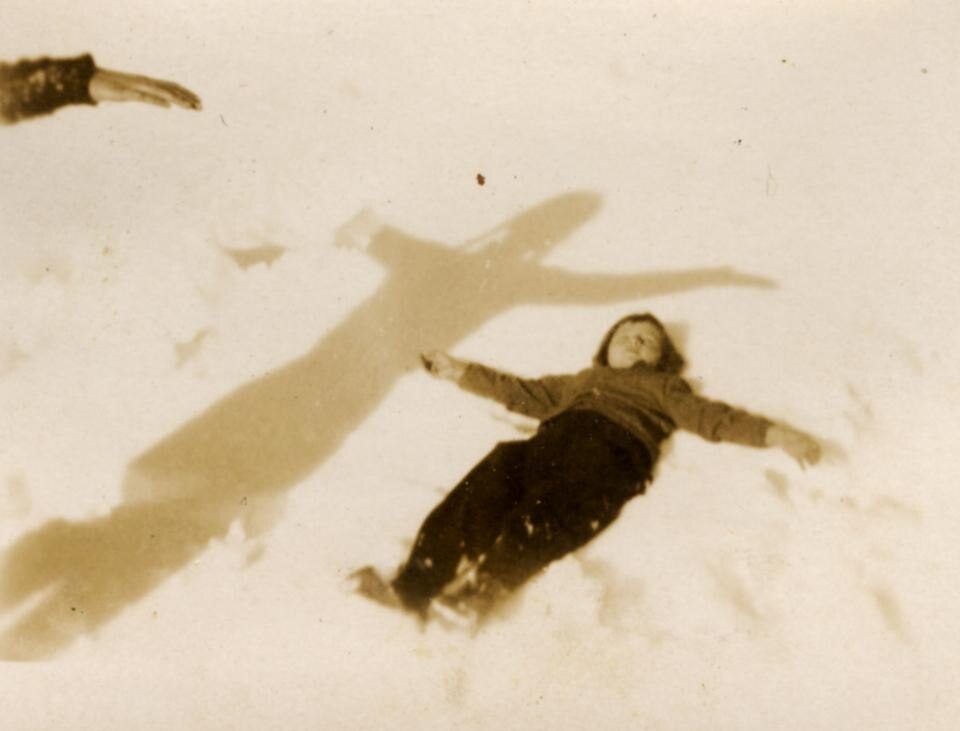
Mulas worked by himself. Casali based his photographs on the page... front views and outsized details that could stand up to the large format. If he didn't like the architecture, you got no photograph. Sottsass took instantly recognisable photographs with his Nikon, no background and no burden. Domus travelled in our place, providing pictures and direct contact with the designers.
You did travel, though. Your contributions to Stile and Domus were often reportages with words and pictures. Take the Domus issues of 50 years ago, those of 1962 and 1963, with stories from far-off places, Lapland with Tapio Wirkkala and the USA with the Eames.
In the pages of Domus, Tapio Wirkkala led us through the discovery of Lapp and Finnish design and crafts. Wirkalla's hospitality with his wife Rut Bryk, a textile designer, in their Lapland house, was for me the discovery of a new, different way of living, immersed in nature. The trips we made together in Finland allowed for encounters with Finnish designers, artisans and artists who, at the time, were practically unknown abroad.
What was daily life and work with the Eames like?
No differentiation and no interruption. At the Case Study House, I absorbed the way they "worked without working", their minds always turning and a Rolleiflex around their necks. It was the revelation of a career-life with no beginning and no end. California really shocked me (New York was still like Milan-Italy-Europe). At that time, the Eames were working on the Mathematics exhibition, "working" their way in a never-ending process of taking photographs and films, interrupted by picnics on the beach, disturbed only by the seagulls.
The art pages of Domus developed over time from encounters with Pierre Restany, Gregory Battcock and Franco Toselli.
Not "sent by Domus ", they sent themselves. Battcock, who personified the university protests in New York, was a direct line to the intellectual revolt. Restany liked being at the heart of the world and on the extreme periphery. He fought his battles in hot spots such as Milan, Paris, New York but also took us to the more hidden parts of Europe. He sensed and conveyed the innovation of the "poor Arab" architecture of the talented young Israelis. Restany brought a traveller's vision, venturing into places that were extreme and difficult to penetrate at that time, such as China and the Amazon River.
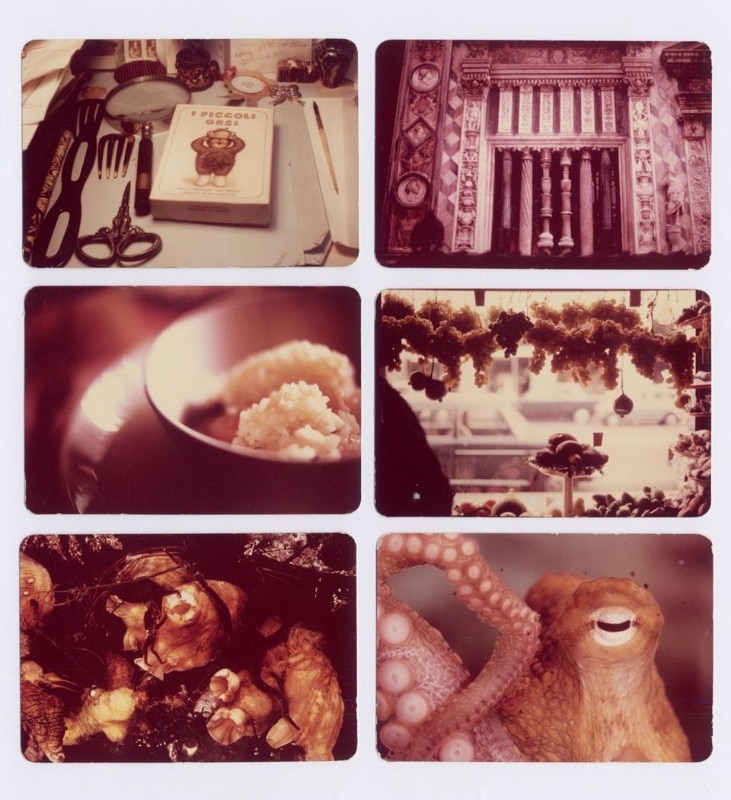
Toselli's millimetric alterations brought an invisibly radical change to Domus' attitude to art. So, Mario Merz wrote for Domus, De Dominicis "died" on the cover and Agnetti precipitated in the Lettera Perduta in New York.
For many years you have spent your time drawing and your first solo art exhibition was at the Galleria Toselli when you were 70 years old.
I adopted the A4 format then. "A universal format meaning the drawing knows where to land." A4 gives you boundaries that encourage you. "It is a duel between drawing and watercolour."
A thought for the readers?
Make things happen and let things happen.
